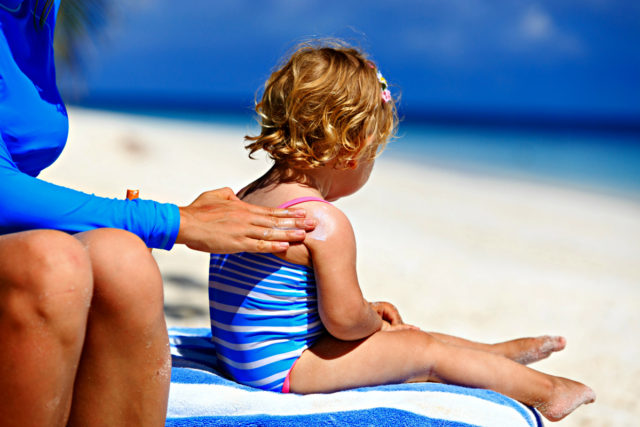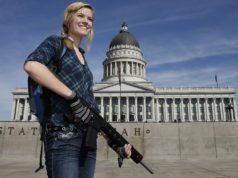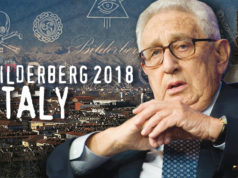Some sunscreens can be more dangerous than the sun itself by causing allergic reactions that can cause second-degree burns. The Environmental Working Group (EWG) has released their 2017 guide to safe sunscreens. Continue reading to learn more about EWG’s sunscreen safety criteria and the sunscreens they rated the worst of 2017.
The EWG states that sunscreens should be last resort. They suggest blocking sun by wearing clothes, finding or making shade, or playing around the sun and checking the UV index. However, it isn’t always possible to stay out of the sun, and in some states, children get just a couple months out of the year to enjoy it. Thankfully, the EWG has also updated their database so that parents can choose the safest options for their children when they do have to use sunscreen.
The EWG warns that higher SPF ratings do not protect against harmful UVA rays and mislead people into thinking that they can spend more time in the sun. They state that 11% of the sunscreens they evaluated this year claim SPFs above 50+. SPF ratings are based on UVB protection, not UVA which are the main concern when it comes to cancer and aging.
They also warn about chemicals in sunscreens and suggest using sunscreens that contain minerals such as zinc oxide and/or titanium dioxide. They state that most sunscreens contain a combination of the following chemical filters as their active ingredients: oxybenzone, avobenzone, octisalate, octocrylene, homosalate and octinoxate. They state that “some chemical UV filters may mimic hormones, and physicians report sunscreen-related skin allergies, which raises important questions about unintended human health consequences from frequent sunscreen application.”
The EWG names oxybenzone, which is added to almost 65% of sunscreens in their 2017 database, as the most dangerous active ingredient in sunscreen. They say it can cause allergic skin reactions and is a hormone disruptor. They also warn of inactive ingredients which can make up to 50-70 percent of a sunscreen product. The “inactive” ingredient methylisothiazolinone, a preservative, is listed on the labels of 94 sunscreens in their database. Methylisothiazolinone, also called methylchloroisothiazolinone, was named “allergen of the year” by The American Contact Dermatitis Society in 2013.
The EWG ranks the toxicity of products from 1-10, with 1 being the safest and 10 being the most dangerous. They found that 46 sunscreens that are specifically marketed to children have a rating of 7-10. They named the worst 14 sunscreens with taking into considering that the sunscreens are: marketed to children and babies, contain toxic chemicals, have SPF’s over 50, and are in a spray form which can be inhaled.
EWG’s 14 WORST Sunscreens of 2017
Banana Boat Kids Continuous Spray Sunscreen, SPF 100
Banana Boat Kids Sunscreen Lotion, SPF 100
Coppertone Foaming Lotion Sunscreen Kids Wacky Foam, SPF 70
Coppertone Sunscreen Continuous Spray Kids, SPF 70
Coppertone Sunscreen Lotion Kids, SPF 70
Coppertone Sunscreen Lotion Water Babies, SPF 70+
Coppertone Sunscreen Stick Kids, SPF 55
Coppertone Sunscreen Stick Water Babies, SPF 55
Coppertone Sunscreen Water Babies Foaming Lotion, SPF 70
CVS Health Children’s Sunstick Sunscreen, SPF 55
Equate Baby Sunscreen Lotion, SPF 70
Neutrogena Pure & Free Baby Sunscreen, SPF 60+
Neutrogena Wet Skin Kids Sunscreen Spray, SPF 70+
Up & Up Kids Sunscreen Sticks, SPF 55
You can see how your sunscreen rates by searching their database.







